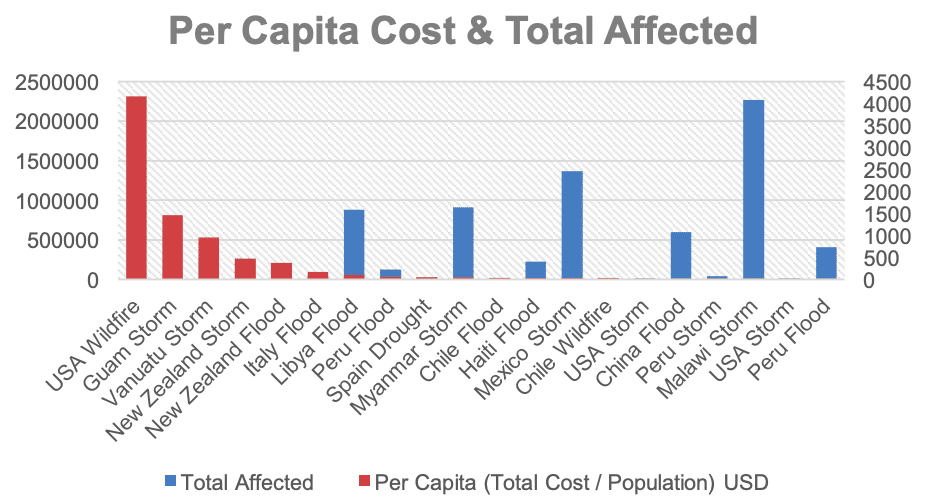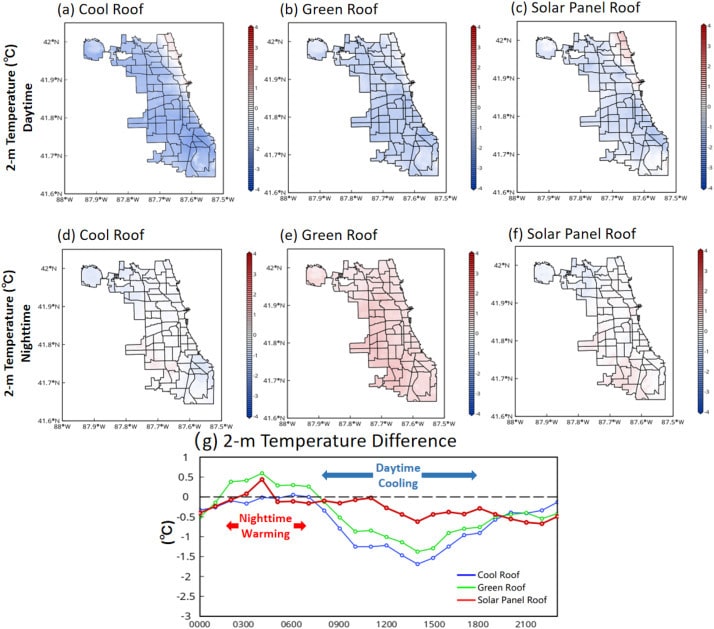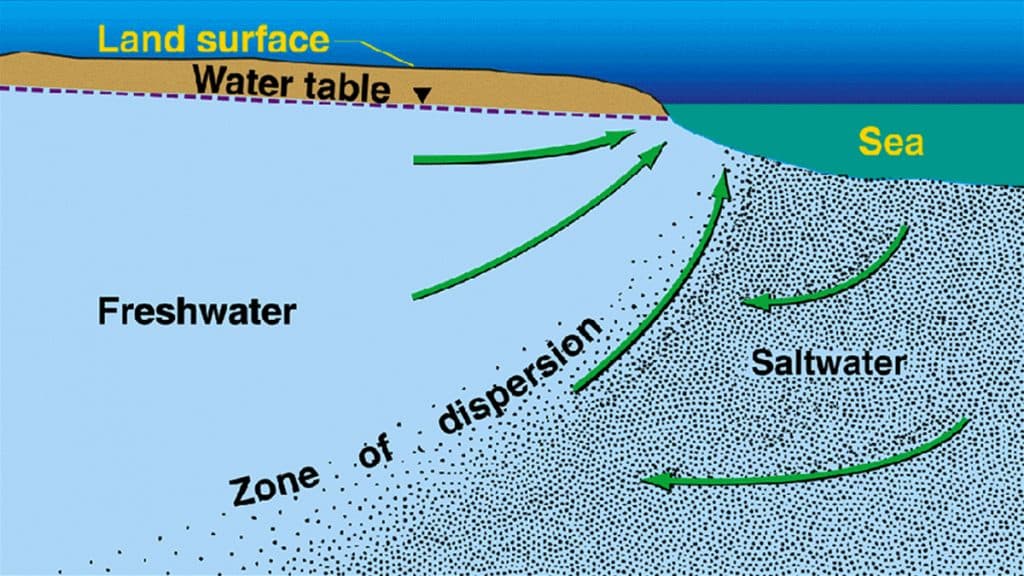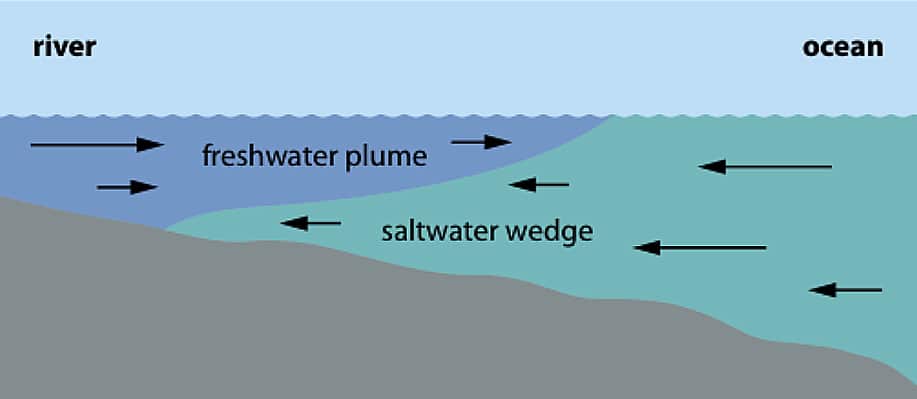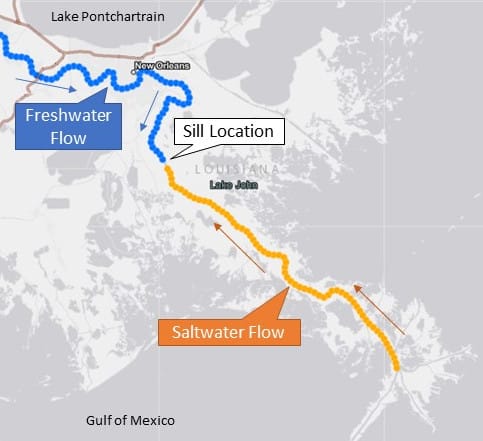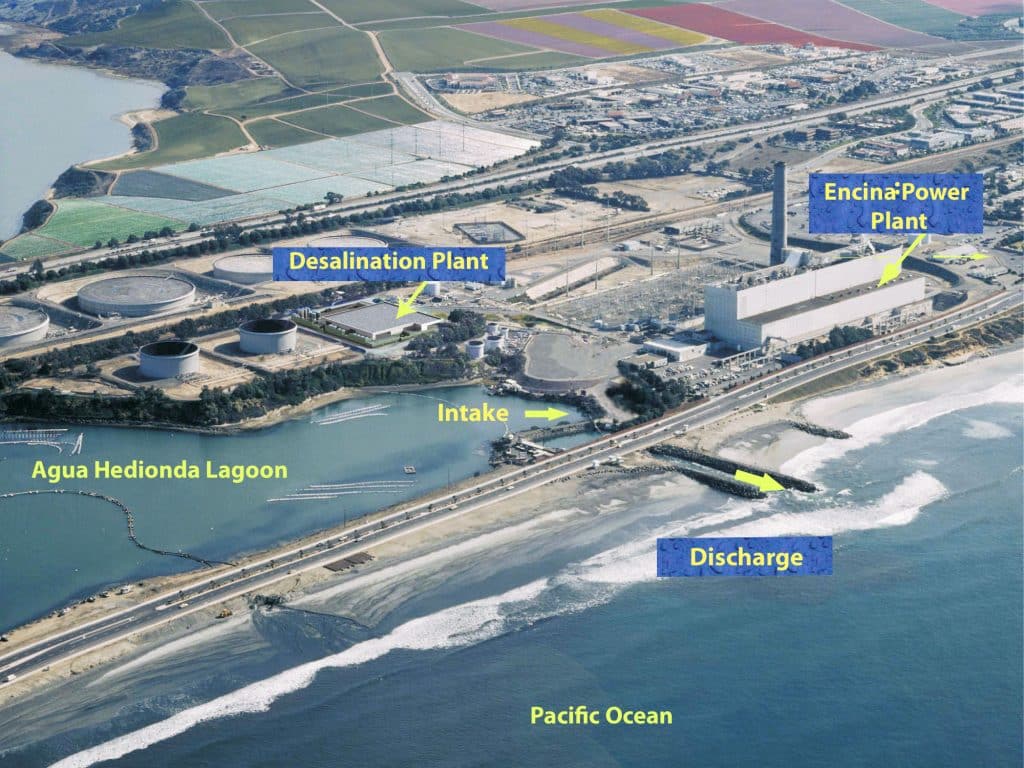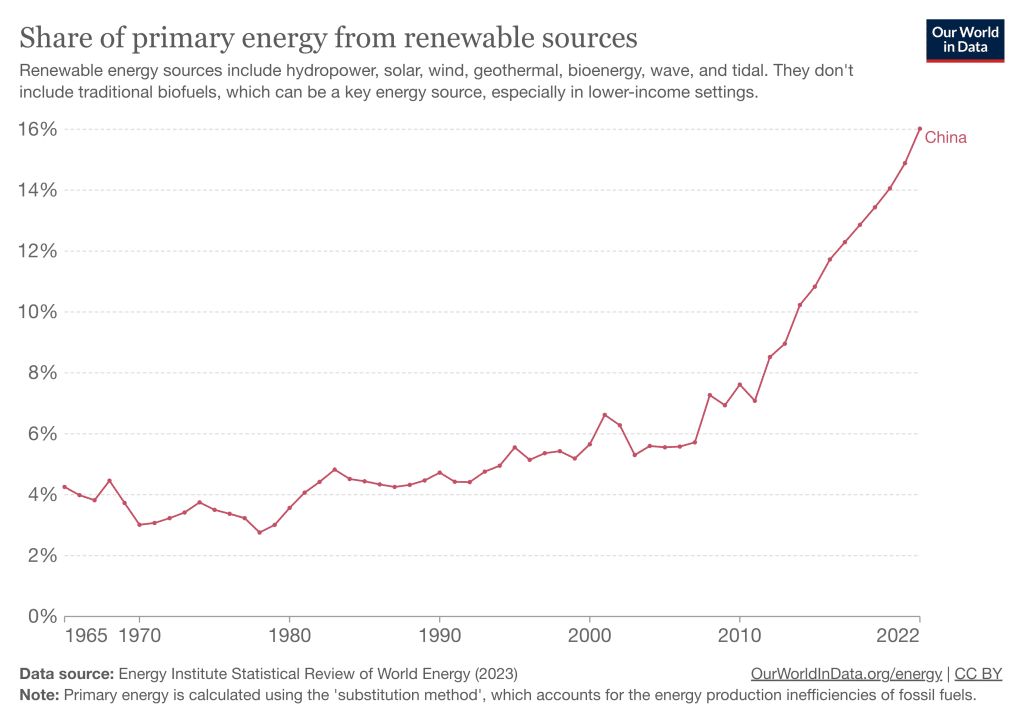In the grand theater of climate action, the US state of California takes center stage, captivating the world with groundbreaking plans for net-zero carbon pollution, innovative environmental initiatives, and a role in shaping global efforts to combat climate change.
_
During the Climate Ambition Summit in New York in September 2023, California Governor Gavin Newsom uniquely represented the US, underlining his state’s commitment to addressing climate change and urging the oil industry to take decisive steps toward a carbon-free and sustainable future. It was particularly timely when Newsom voiced concerns about the evident consequences of climate change in California, which this year has been ravaged by severe wildfires, storms, and droughts.
Forging a Global Path to Net-Zero and Beyond
In 2022, Newsom spearheaded a groundbreaking climate plan for California – “the great implementation” as he called it – to help the state achieve net zero carbon pollution by 2045. The ambitious plan includes a 85% reduction in greenhouse gas emissions, a 94% cut in oil consumption, and the creation of 4 million jobs. The proposed Scoping Plan, a global standard for carbon neutrality, focuses on renewables, clean buildings, and carbon removal, promising a pollution-free future, significant air pollution reduction, and US$200 billion in health cost savings. The plan also sets goals for offshore wind, climate-friendly homes, heat pumps, and sustainable aviation, signaling a transformative shift toward a cleaner and more sustainable state.
In the past two years, California accelerated its transition to a 100% clean energy grid, witnessed the first West Coast offshore wind lease sale, and enacted laws to ban new oil drilling near schools. Newsom held Big Oil accountable for price hikes, and the California Air Resources Board approved a ban on sales of fossil fuel-powered vehicles by 2035. Consequently, a significant milestone was reached this summer, with one in four new cars sold in California being zero-emission. The state also launched the clean vehicle rebate program to assist low-income residents in switching to electric cars.
You might also like: Why Electric Cars Are Better for the Environment
California reveals an all-encompassing roadmap towards carbon neutrality, aiming to preserve natural beauty, wildlife, and handling challenges posed by extreme heat, droughts, and wildfires. The Department of Forestry and Fire Protection (CAL FIRE) Fuels Reduction Projects recently encompassed fire prevention activities across nearly 34,000 acres.
The targets illustrate California’s aspirations to be a net-zero leader, not just within the US but on a global scale. California’s exceptional performance in confronting climate change, amidst various social and economic challenges, positions the state distinctively compared to the rest of the country.
Governor Newsom’s ambitious goals put the state as a frontrunner in the international drive toward carbon neutrality. This commitment goes beyond national impact, showcasing California’s dedication to leading the way in confronting climate change worldwide. This was evident during the governor’s trip to China in October 2023, where he remarked: “We’re moving markets nationally and globally. That’s an example of California punching above its weight.”
Historical Background of Eco-Revolution
California’s environmental commitment, as acknowledged by Newsom in his UN Climate Ambition Summit speech, traces back to the roots planted by Ronald Reagan in 1967. As a conservative governor, Reagan initiated the modern American environmental movement, birthing the California Air Resources Board and pioneering the first regulations on tailpipe emissions in the nation.
Richard Nixon further solidified this trajectory in 1970 with the formalization of these efforts through the Clean Air Act. We can also extend the recognition to former governors, including Jerry Brown, a proponent of rooftop solar, and Arnold Schwarzenegger, credited with crafting the nation’s pioneering law that mandated greenhouse gas (GHG) reductions and established tailpipe emissions regulations, setting a national standard. The echoes of their legacy resonate as Newsom lauds the historical foundation that has shaped the state’s environmental leadership.
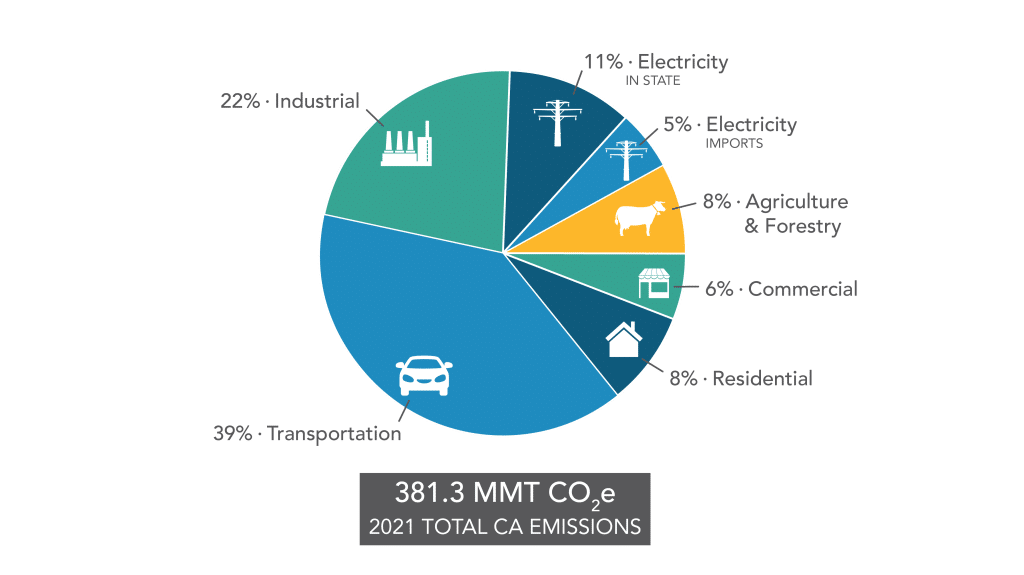
California has been at the forefront of global climate action, implementing a suite of programs since 2000 to reduce statewide emissions. These efforts, such as the cap-and-trade program, have resulted in positive outcomes. In 2017, the state’s greenhouse gas emissions were 424.1 million tons of carbon dioxide equivalent, slightly below the 2020 target of 431 million tons. To meet the 2030 target of 260 million tons per year (40% below 1990 levels), California needs to reduce emissions by an additional 170 million tons.
The state’s visionary goals have not only driven effective policies but also inspired an international coalition against climate change at the subnational level. Additional challenges, from methane emissions to plastic production, are being managed through persistent efforts across various policy areas.
California, facing a record heatwave this summer, stands out as a local climate action model amid stalled international actions. Most of the residents support the state’s global climate leadership. Despite partisan differences, there is widespread belief in the urgency of grappling with climate change’s local impact. In February, the Public Institute of California conducted a survey revealing that three out of four Californians believe immediate action is necessary to counter the effects of climate change. While Californians endorse emission reduction policies, personal willingness to make changes varies.
In this year’s final budget agreement, Newsom and the Legislature have demonstrated a strong commitment to climate projects by retaining over US$50 billion. This allocation is part of the originally established budgets for 2021 and 2022, showcasing large financing for approaching climate challenges and advancing environmental initiatives. Additionally, the budget includes a multiyear commitment to transition away from fossil fuels, with the possibility of billions more being considered for a climate bond in 2024.
Reaching New Heights
From this year major global companies doing business in California will be obligated to monitor and disclose nearly all their GHG emissions, covering supply chains, business travel, employee commutes, and product usage. On October 7, 2023, Newsom signed two new laws.
The first, the Climate Corporate Data Accountability Act, mandates US companies with annual revenues exceeding $1 billion to disclose both direct and indirect GHG emissions from 2026 and 2027. This means that oil and gas giants such as Chevron may need to track emissions from vehicles using their gasoline, while tech companies such as Apple must account for materials involved in the production of their products. Despite opposition from the California Chamber of Commerce, major corporations such as Microsoft, Apple, Salesforce, and Patagonia endorsed the regulation.
The second law, the Climate-Related Financial Risk Act, compels companies with $500 million or more in revenue to report financial risks associated with climate change and their risk mitigation plans.

During a fireside chat with Hong Kong University vice-president Gong Peng in his October trip to China, Newsom supported China’s green technology development efforts and discussed shared climate challenges with Hong Kong, highlighting California’s proactive stance despite being the world’s fifth-largest economy and a fossil fuel state with frequent wildfires and high air pollution levels.
You might also like: 4 Factors Affecting Air Pollution in California
In the newly published 2023 edition of California’s Greenhouse Gas Emissions Inventory from 2000 to 2021, among other major trends, key highlights reveal a 4.1% decrease in GHG emissions intensity, even as the state experienced a 7.8% growth in GDP between 2020 and 2021.
As part of the recent landmark global agreement to “transition away” from fossil fuels reached at COP28 in Dubai, California is actively channeling substantial investments into renewable energy initiatives like electric vehicles and offshore wind power. A delegation from the state, comprising administration officials and legislators, attended the UN conference, with California Natural Resources Agency Secretary Wade Crowfoot lauding the development as “obviously needed” but yet the first measure.
Among the state’s most recent actions also stands the California Water Resources Control Board adopting cutting-edge rules that allow the conversion of sewage into drinking water, known as “toilet to tap,” to tackle water scarcity concerns intensified by climate change, featuring direct potable reuse for enhanced water quality.
Another initiative is the Organics Grant Program under California Climate Investments advancing the state’s climate goals by preventing 7.7 million tons of organic waste from releasing methane. Newsom’s office also launches plenty of climate resilience projects throughout the state, aimed at assisting local communities and protecting agricultural lands.
Conclusion
California stands tall on the global stage as an example of how dedication to climate action can spark significant change. Under Governor Newsom’s leadership, the state is just setting a prolific standard for others to follow. California’s approach, blending forward-thinking governance, economic clout, and adaptability, positions it as a trailblazer, demonstrating that even when grappling with local environmental adversities, subnational entities can spearhead efforts toward a sustainable and resilient future. Beyond regional borders, California’s climate story is a powerful testament of how collective efforts on a smaller scale can ripple into global initiatives, showcasing the impact of united action on the world’s most pressing environmental challenges.
Featured image: Office of Governor Gavin Newsom
You might also like: Top 6 Environmental Issues in the US in 2024








